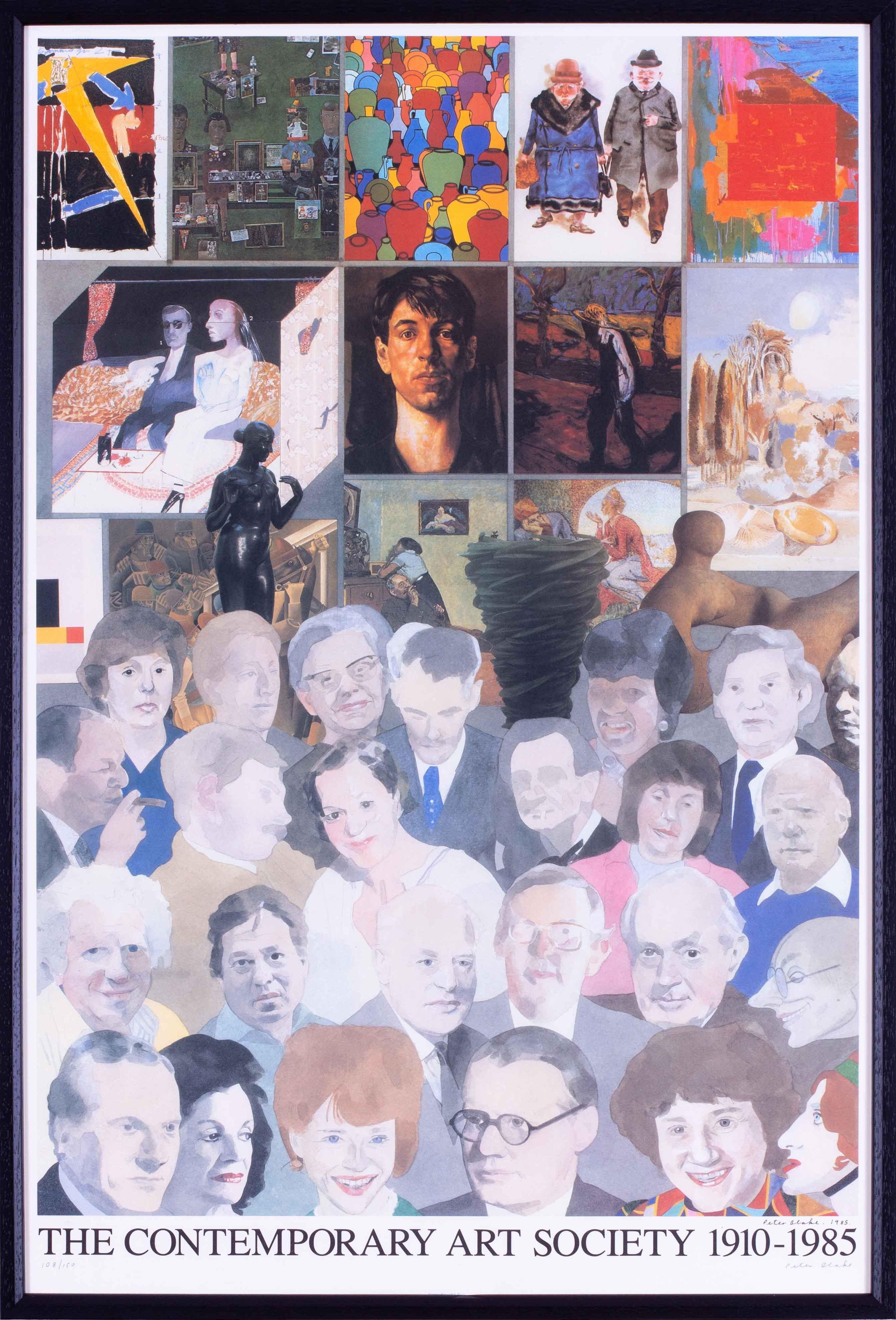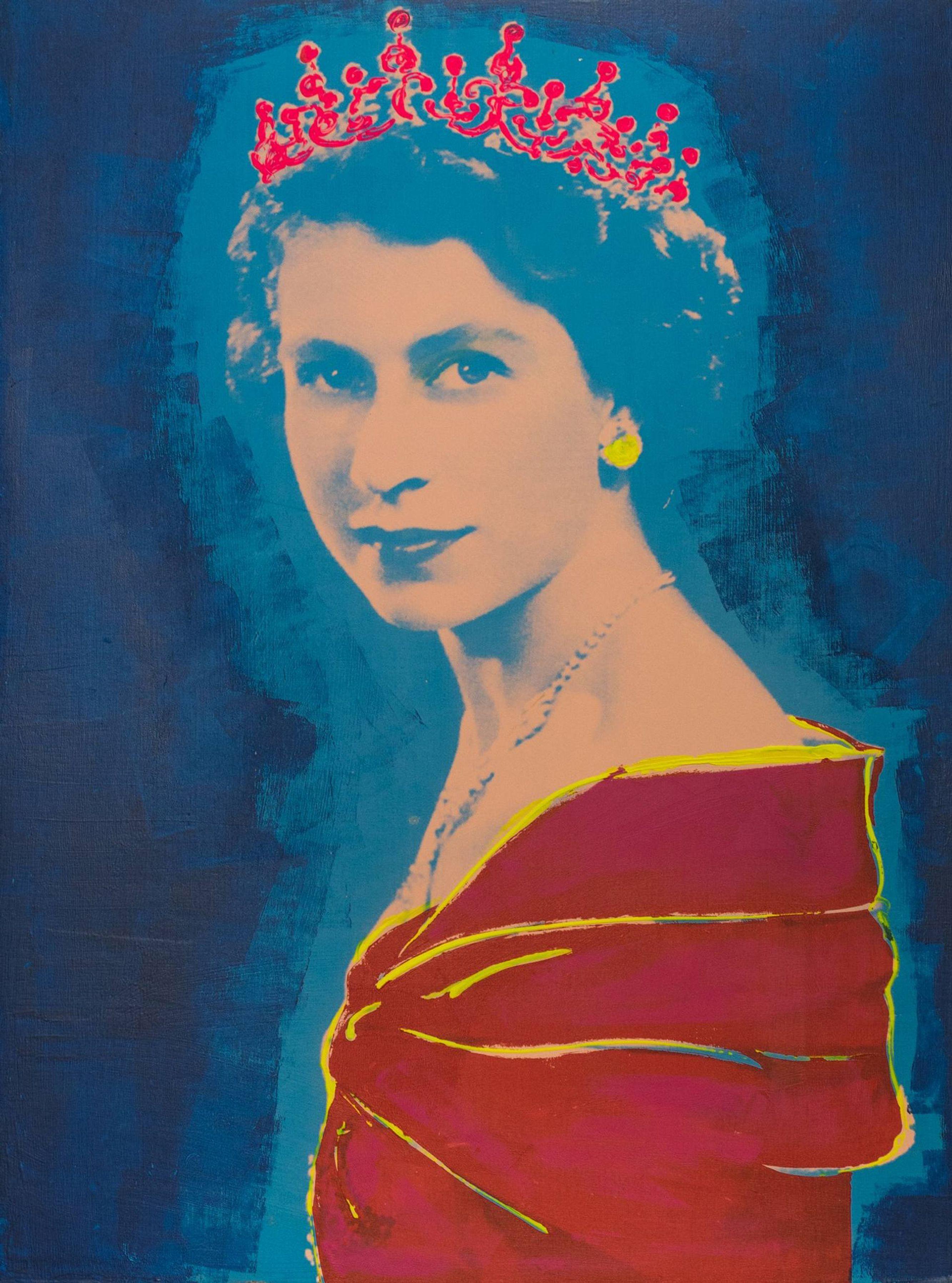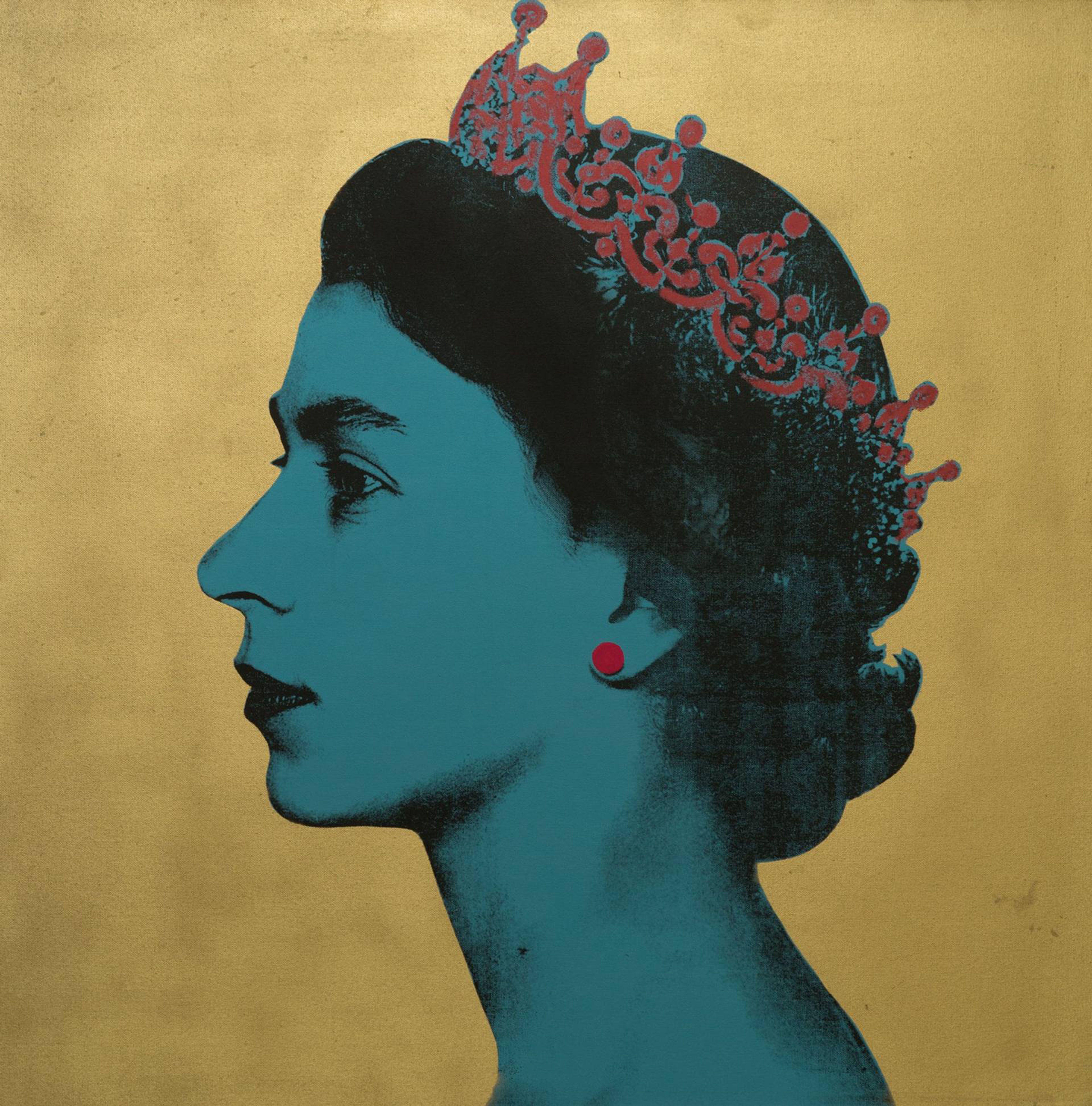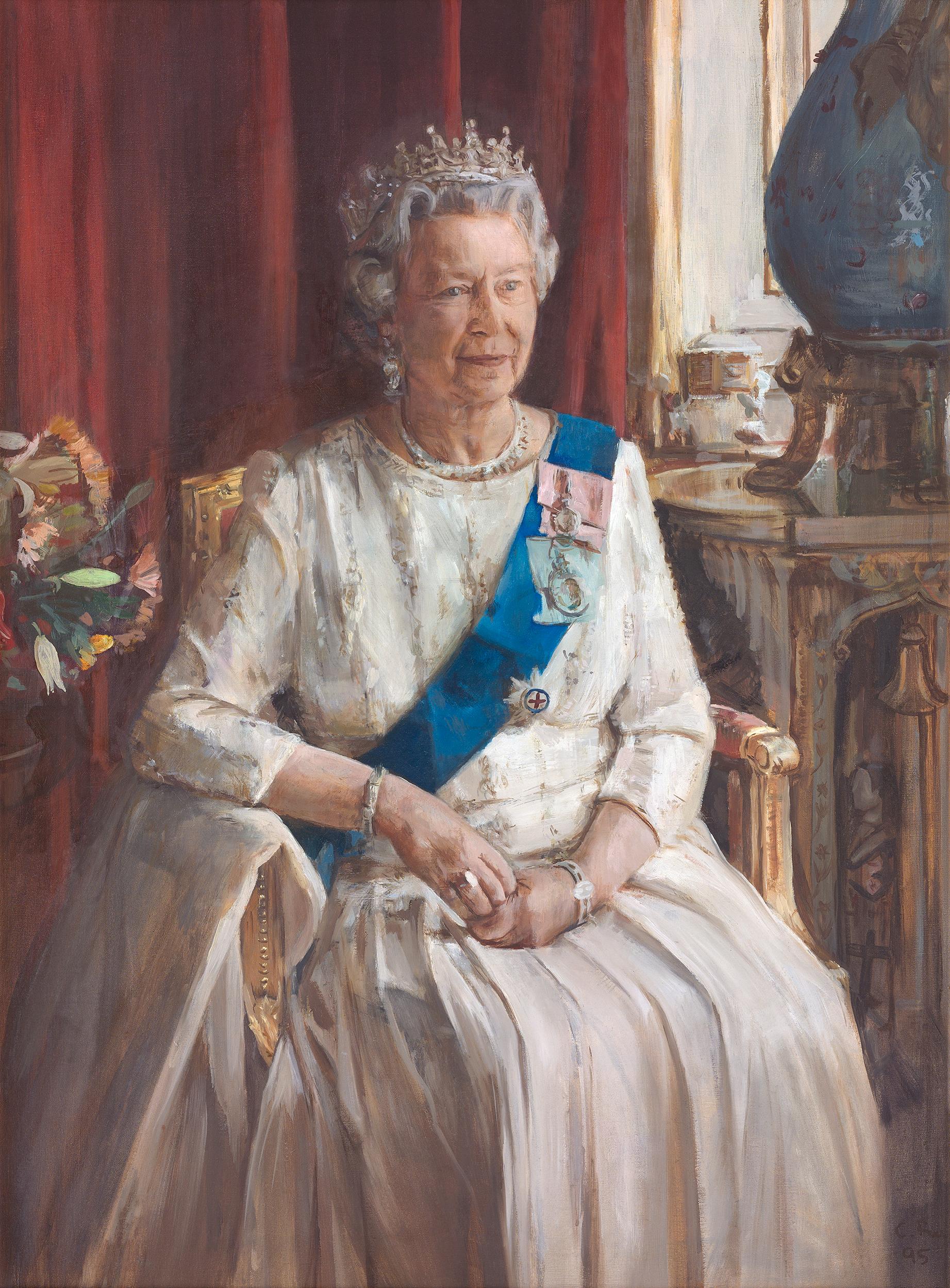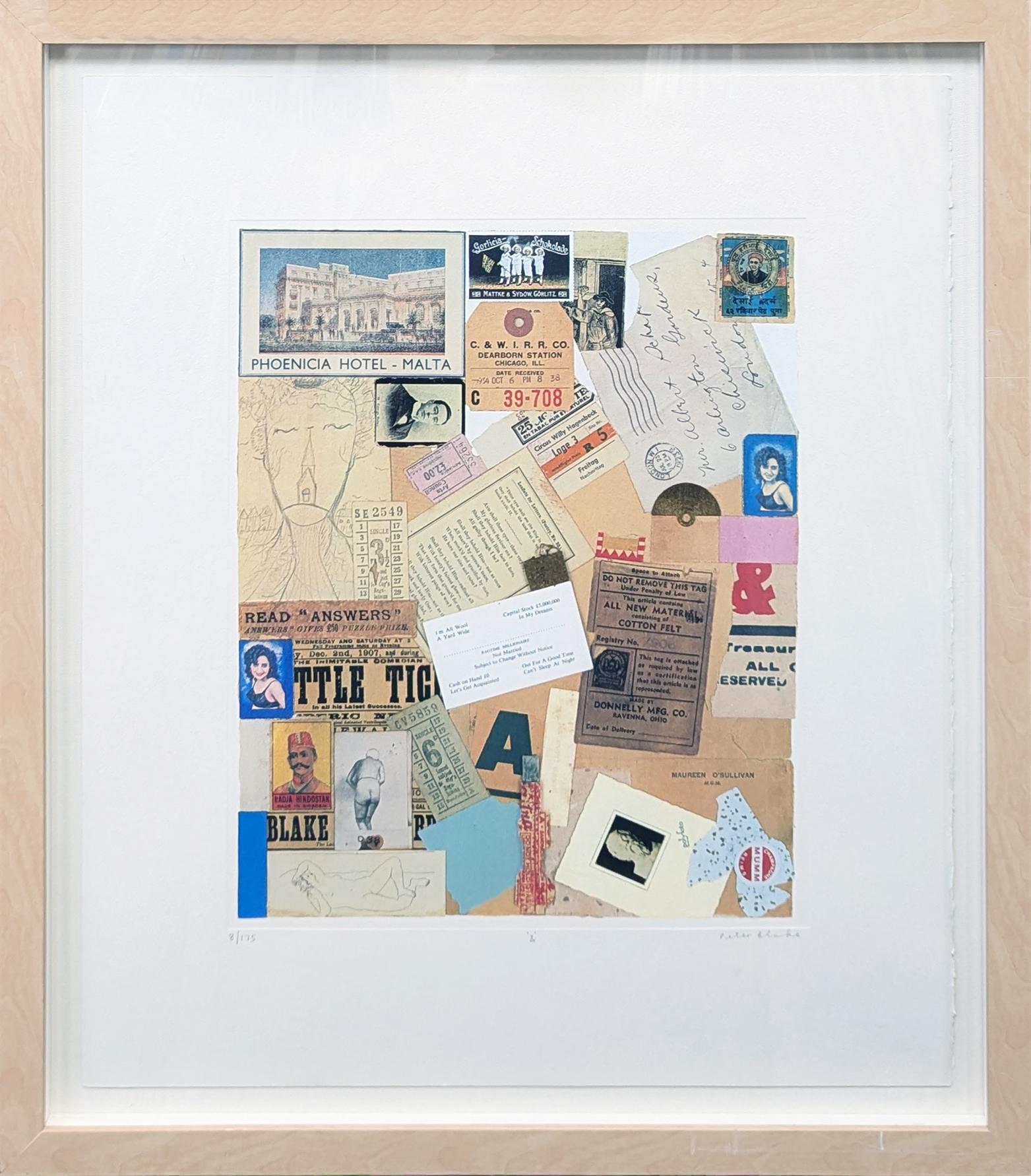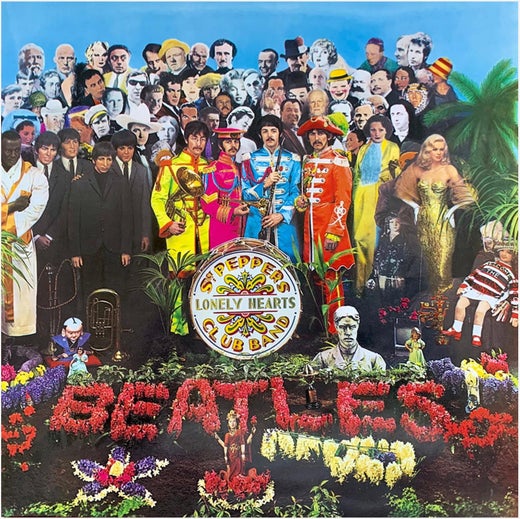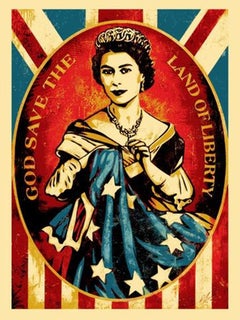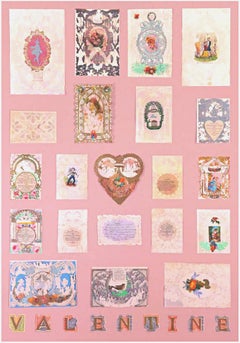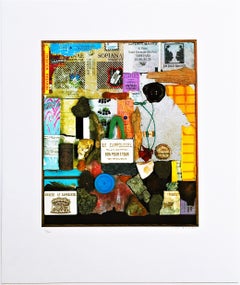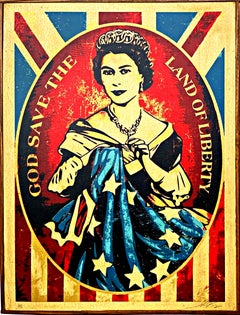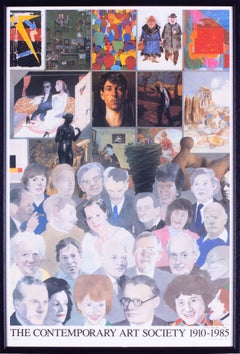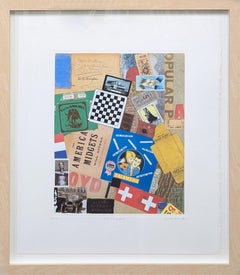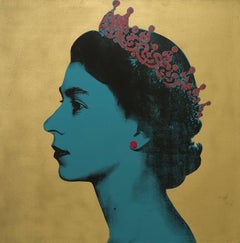Peter BlakePeter Blake, To Her Majesty Queen Elizabeth II Signed/N print British Pop Artist2016
2016
About the Item
- Creator:Peter Blake (1932, British)
- Creation Year:2016
- Dimensions:Height: 11.7 in (29.72 cm)Width: 6.6 in (16.77 cm)
- Medium:
- Movement & Style:
- Period:
- Condition:Ships unframed.
- Gallery Location:New York, NY
- Reference Number:1stDibs: LU1745215718842
Peter Blake
Peter Blake is widely regarded as the godfather of British Pop art and the Young British Artists movement (YBA).
Blake created paintings, collages and prints that blend modernity and nostalgia. Though best known for designing the album cover for the Beatles’ Sgt. Pepper’s Lonely Hearts Club Band, he considered painting to be central to his oeuvre. While celebrity figures such as Marilyn Monroe informed Blake's work, folk art, fairground signs and an overall sense of nostalgia influenced his style.
In 1997, at the age of 65, Blake emotionally retired from painting and entered what he called his "late period." Afterward, he continued to work but was no longer interested in the art world’s opinion of his art, instead creating what he wanted regardless of its relation to his previous artworks over the course of his career.
Find Peter Blake art today on 1stDibs.
(Biography provided by Arton Contemporary)
- ShippingRetrieving quote...Shipping from: New York, NY
- Return Policy
More From This Seller
View All2010s Pop Art Portrait Prints
Screen
1990s Pop Art Abstract Prints
Screen
Early 2000s Pop Art Abstract Prints
Silver
2010s Pop Art Portrait Prints
Wood Panel, Screen
1980s Photorealist Figurative Prints
Lithograph, Ink
2010s Contemporary Portrait Prints
Polymer, Engraving
You May Also Like
20th Century Modern Figurative Prints
Lithograph
2010s Pop Art Mixed Media
Mixed Media
21st Century and Contemporary Pop Art Figurative Prints
Screen, Paper
2010s Pop Art Mixed Media
Mixed Media
2010s Contemporary Portrait Prints
Inkjet
21st Century and Contemporary Pop Art Figurative Prints
Screen, Paper
